Exactly forty-four years ago today, on 28 October 1981, a Milan courtroom delivered a verdict that would define the legal boundaries of Formula 1 for generations to come.
Riccardo Patrese, the Italian driver who had carried the weight of manslaughter charges for nearly three and a half years, was finally acquitted of all accusations relating to Ronnie Peterson’s death at the 1978 Italian Grand Prix.
The case had loomed over the sport like a dark cloud since that tragic September day at Monza in 1978.
Peterson, the Swedish ace driving for Lotus, had died from complications following a multi-car collision at the race start — a crash that prosecutors claimed had been triggered by Patrese’s aggressive overtaking manoeuvre.
The Milan court heard damning testimony during the proceedings, none more significant than that of James Hunt.
The 1976 world champion, whose McLaren had been directly involved in the fatal sequence, provided pre-trial evidence that formed "a major plank of the state prosecutor’s case."
Hunt’s account was unequivocal: "The collision between my car and Peterson’s happened because I was squeezed over by Patrese, who came in on my right.
"The accident would not have happened if Patrese had not tried to squeeze in front of me."
The prosecution painted a picture of reckless driving, arguing that Patrese had crossed the white line demarcating starting-grid lanes while attempting to overtake Hunt.
The claim being that this forced the Briton to swerve and ultimately strike Peterson’s Lotus, for which an eight-month prison sentence for the then-Arrows driver was being sought.
Viewed by others:
A defence built on racing reality
Yet Patrese’s defence team constructed a compelling counter-narrative, one rooted in the harsh realities of racing. The Italian testified that his decision to pass Hunt was born of necessity, not recklessness.
"To slow up would have caused trouble to the drivers behind me," Patrese explained to the court. "The most fluid solution was to pass Hunt on his right."
Crucially, Vittorio Brambilla, who had been injured in the same crash, testified in Patrese’s favour. The Italian argued that crossing the white line during race starts was standard practice to avoid collisions, not to gain competitive advantage.
Alberto Librizzi, a commissioner of the Italian Sports Racing Confederation, characterised Patrese’s move as "not brusque, but done gently", adding that Peterson had slowed visibly, contributing to the pile-up.
The case marked Formula 1’s first serious brush with civil law enforcement. Until then, racing incidents had been treated as inherent risks of the sport, adjudicated by racing authorities rather than criminal courts.
Race starter Gianni Restelli faced identical charges, accused of contributing to the tragedy by issuing a premature starting signal while backmarkers were still moving. The prosecution’s theory suggested this early green light had created the chaotic conditions that made the accident inevitable.
Justice and relief
When the Milan court delivered its verdict on that October evening in 1981, both Patrese and Restelli were found innocent of all charges.
The evidence, five racing experts testified — four of whom sided with Patrese — simply did not support criminal liability.
The acquittal represented more than personal vindication for Patrese, though the emotional toll had been evident.
His mother wept and embraced her son upon hearing the verdict, marking the end of a legal ordeal that had shadowed his racing career for over three years.
Free from the legal cloud that had hung over him, Patrese would go on to enjoy a remarkable Formula 1 career spanning 16 seasons and 256 grand prix starts.
He secured six race victories, including memorable wins at Monaco and San Marino, and finished as championship runner-up in 1992.
For Formula 1, the verdict established a crucial legal precedent: racing incidents, even those resulting in fatalities, would not automatically trigger criminal prosecutions against drivers for on-track conduct.
The sport could continue to police itself through its own regulatory framework.
Don't miss out on any of the Formula 1 action thanks to this handy 2026 F1 calendar that can be easily loaded into your smartphone or PC.
Download the calenderMost read
In this article
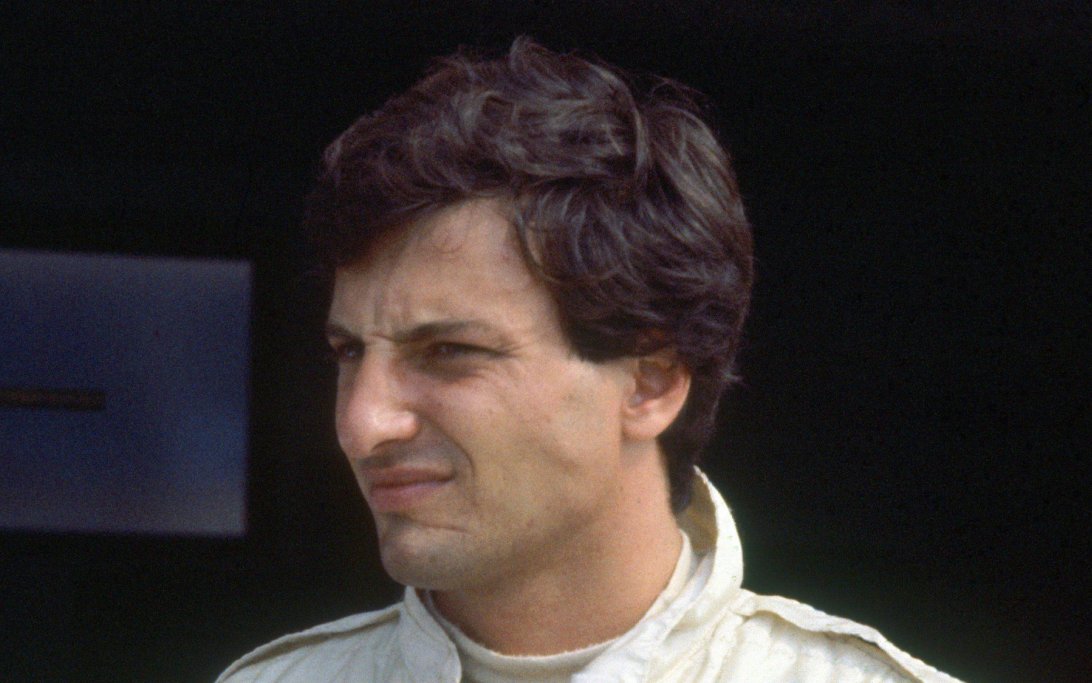
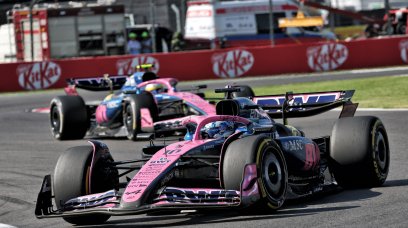
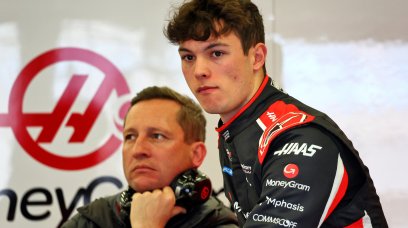
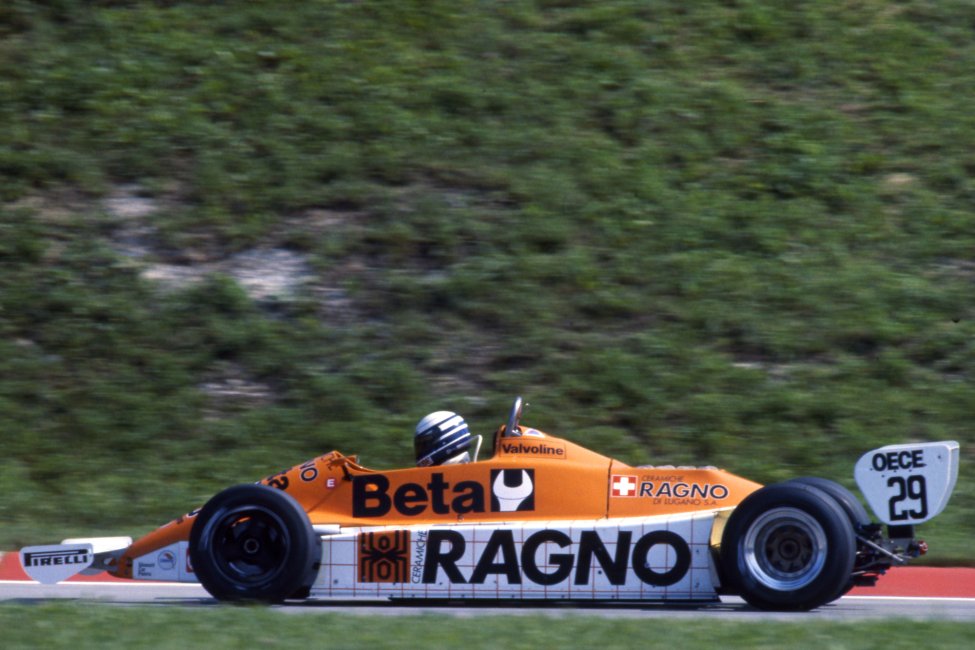

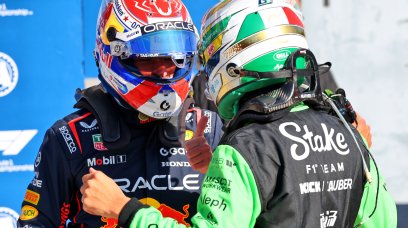
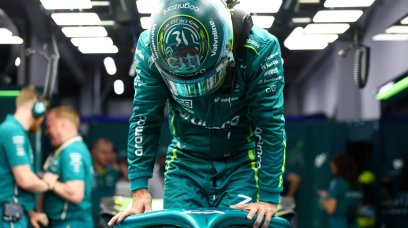
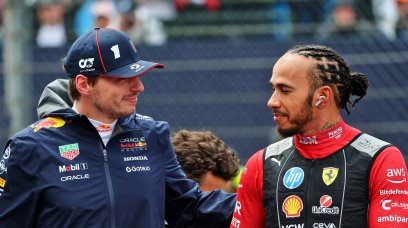

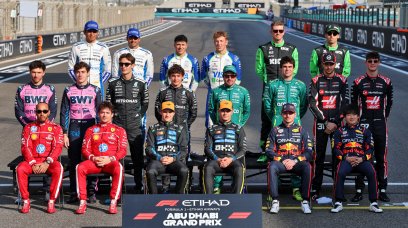
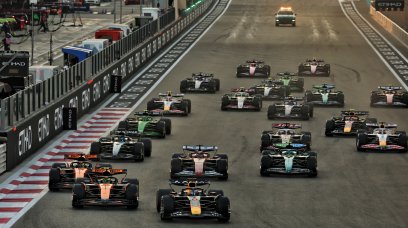
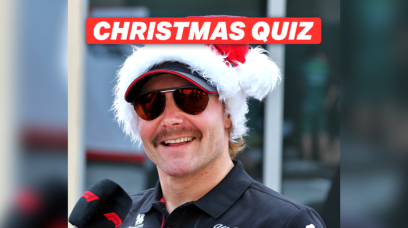
Join the conversation!